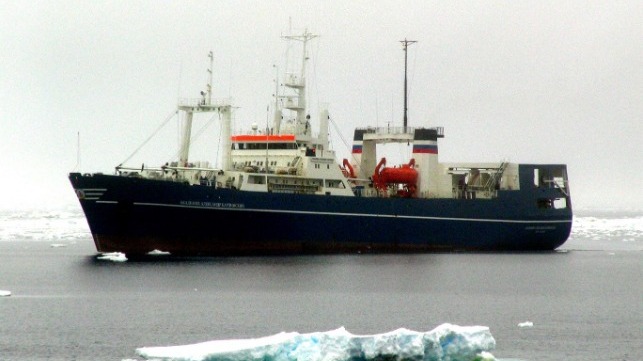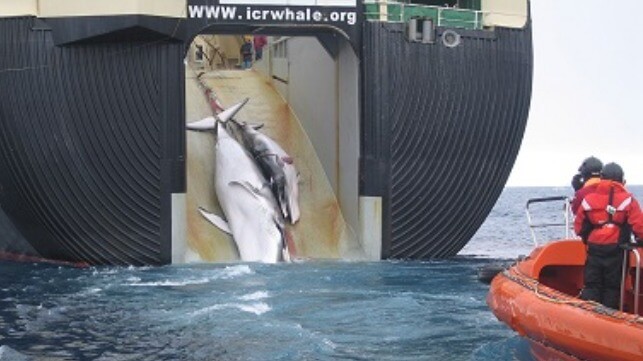
President Joe Biden speaks at the National Museum of African American History and Culture in Washington, D.C., on Friday, May 17, 2024. Biden delivered remarks at an NAACP event marking the anniversary of Brown v. Board of Education at the Museum. Photo by Al Drago/UPI | License Photo
May 17 (UPI) -- President Joe Biden laid out new actions Friday to advance racial and educational equity on the 70th anniversary of the historic U.S. Supreme Court Brown vs. Board of Education decision that outlawed racially segregated schools.
These actions include $20 million in new magnet school grants in Arkansas, Colorado, Florida, Kentucky, Louisiana, North Carolina and Texas intended to further desegregate schools. Biden's 2025 budget request includes $139 million for magnet school programs.
A new technical assistance center will be established to help states and school districts provide more equitable and adequate funding approaches, according to the White House.
A new report from the Department of Education Office for Civil Rights will be released providing fresh data on equal access to math and science courses.
New efforts are also being made to better preserve African American history, including preserving historic sites and protecting and increasing access to literature.
The White House said in a statement that the release of additional funding and resources will "support school diversity and advance the goal that all students have access to a world-class education."
"The Biden-Harris Administration is committed to ensuring the educational success of every child, and to address racial segregation in our schools that leads to worse educational outcomes for children, including through investments in local efforts to increase diversity and equal opportunity," the White House statement said.
Biden on Thursday met with Cheryl Brown Henderson, daughter of Oliver Brown and Leola Brown Montgomery, the namesake plaintiffs in the case, Thursday to commemorate the anniversary.
Biden then on Friday delivered remarks at the National Museum of African American History and Culture in Washington, D.C.
Biden recalled the work Black lawyer and civil rights advocate Lewis L. Redding, who represented Claymont families in the 1952 Belton vs. Gebhart case.
"One of the cases that led to the landmark [Brown vs. Board] decision was in my home state of Delaware," said Biden, who was a third grader in Claymont at the time. "They just wanted a simple proposition, they wanted their kids to be treated with dignity and respect."
Belton vs. Gepbhart was one of five cases that would be combined into Brown vs. Board. Redding's arguments in that case and others in Delaware laid the legal groundwork for Brown, Biden said.
After Brown, the school desegregation that followed led to a 30% increase in graduation rates for Black students and a 22% increase for Latino students, according to the White House.
Biden on Friday also touted $16 billion worth of investments under his administration in historically Black colleges and universities. The investments have helped build student housing, study climate science, create health research labs and more.
The White House said that during the Biden administration more than $300 million is being invested in programs that increase school diversity.
The Department of Education under Biden also issued a new rule for Charter School applicants that the schools would not negatively affect community desegregation efforts where proposed charter schools would be located.
As it marked the 70th anniversary of Brown vs. Board of Education, the White House noted research showing "that racial achievement gaps are strongly associated with school segregation, in turn because schools with high concentrations of Black and Latino students receive fewer resources."
That rapid desegregation trend in the 1960s and 1970s was reversed in the past two decades when both racial and economic segregation increased, the White House said.
"For example, segregation between white and Black students is up 64% since 1988, while segregation by economic status has grown by 50% since 1991," the White House statement said.
By Mark Moran

Morehouse College graduating seniors wave to family members before President Barack Obama delivers their commencement address on May 19, 2013, in Atlanta. Total investments in HBCUs has brought the total to $16 billion.
May 16 (UPI) -- Ths Biden administration announced a record investment in historically Black colleges and Universities Thursday, bringing the total support to more than $16 billion.
"These historic funding levels demonstrate the Administration's ongoing commitment to HBCUs, which serve as an engine for upward economic mobility in our country," a press release from the White House said. "The Administration is also focused on work to ensure HBCUs have the resources to provide a high-quality postsecondary education."
HBCUs have been an important part of the educational landscape for 180 years, the White House said, and despite the fact that only 3% of U.S. colleges and universities are HBCUs, they play an "important role in supporting the economic mobility of African Americans," the White House said.
Forty-percent of Black engineers, 50% of all Black teachers, 70% of all Black doctors and dentists, 80% of all Black judges, and the first woman and Black Vice President of the United States are HBCU alumni.
"As a proud graduate of Howard University, I know firsthand that our HBCUs are centers of academic excellence," Vice President Kamala Harris said. "For generations, these anchors of our communities have played a pivotal role in building and contributing to America's leadership at home and abroad.
HBCUs support nearly five times more students than Ivy League schools in helping people transition from the bottom 40% in U.S. household income to the top 60%, according to social mobility research by the United Negro College Fund.
The Biden administration said the investments in HBCUs are an example of its commitment to investing in advancing racial equality, educational excellence and economic opportunity.
Aside from the standard educational opportunities, the administration said its investment is yielding results in many areas, and offered as one example a 5-year, $90 million investment in a first-of-its-kind HBCU-led University Affiliated Research Center, led by Howard University. The facility will focus on autonomous Air Force technology missions.
The White House also called HBCUs "engines for upward mobility" and a CEA report published Thursday shows that HBCU enrollment has positive effects on bachelor's degree completion and household income later in life.
The Department of Housing and Urban Development has announced awards totaling $5.5 million for HBCUs to improve the production of affordable housing, bolster Black homeownership, advance the use of renewable energy, and serve the infrastructure needs of underserved communities.
HBCUs have achieved this success despite chronic underfunding, the White House said.
Biden signs memorandum for new environmental protections in Antarctic

Researchers at the University of Texas at Austin, NASA and other research organizations have discovered two seafloor troughs that could allow warm ocean water to reach the base of Totten Glacier, East Antarctica's largest and most rapidly thinning glacier. President Joe Biden on Friday signed a national security memorandum that provides new policies regarding the Antarctic region, particularly in climate change research. Photo by NASA/UPI
May 17 (UPI) -- President Joe Biden on Friday signed a memorandum updating United States policy on the Antarctic region in an effort to protect it from the effects of climate change.
The national security memorandum replaces the 1994 policy on Arctic and Antarctic regions and establishes key objectives by which the United States will lead and participate in activities through the Antarctic Treaty System.
The new policy has four primary objectives:Protect the "relatively unspoiled" Antarctic environment and related ecosystems
Preserve and pursue opportunities for scientific research and understand Antarctica's relationship to climate change
Maintain the Antarctic as a region of peaceful international cooperation
Ensure the protection of living resources and ecosystems in the region
"We remain vigilant against actions by countries that could threaten U.S. national interests by bringing international discord to the Antarctic region," the White House said in a statement.
"The United States, represented by the Department of State at ATS bodies, will work with international partners through the ATS to promote peace and science in the region, and promote international cooperation while safeguarding U.S. national interests."
The U.S. National Science Foundation manages three year-round Antarctic research facilities.
The foundation collaborates with other federal science agencies on research in aeronomy and astrophysics, ecology, atmospheric sciences, biology and medicine, geology and geophysics, glaciology, ocean and climate systems, and living marine resources.
Research conducted by the United States and other countries continues to demonstrate the damages of global climate change on the Antarctic region, including through ocean warming and acidification, ozone depletion, rising sea levels, and air and water pollution.
American research also has revealed the risks and uncertainties of climate "tipping points" such as the collapse of the West Antarctic ice sheet.
The United States said it will continue to encourage countries to set "ambitious" 2035 nationally determined contributions under the Paris Climate Agreement to limit global warming to 1.5 degrees Celsius and establish a system of protected marine areas in the Antarctic.
The updated policy builds on the Biden-Harris administration's commitment to modernize outdated climate and environmental policies, according to the White House.


